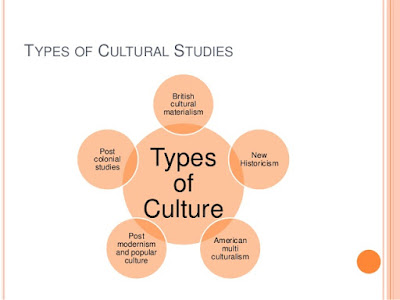RELIGION AND LITERATURE :
(TRANSLATION OF THE PAPER CUTTING ABOVE IN THE IMAGE ) Do not believe in God. And I think I should see God retire now. The idea of God is a beautiful concept of a poet. And it was useful at the beginning of human membership. But now is the time to face the world with a completely logical approach. There is no evidence of the existence of God for the last five thousand years. And faith in events that cannot be scientifically proven is nothing short of superstitious. There have been many inhuman transactions, atrocities and wars in the name of God. It is not only our need to reject the notion of God, but also our duty. Because it is a great injustice against humanity. Only logical thinking has the ability to put people above everything else. But when you believe in God, you lose that ability, and blindly accept what is said. You make your intelligence inactive. And then there is no difference between you and the beast. (SHARIRAM LAGU)
God and religion the pious but the most controversial words of the world. In this( two pious so called words as most of the people say )when we think rationally or logically we find them the most dangerous words . from ages people fight in the name of god and religion .what is religion? Religion are made up of myths , why it is necessary to follow any religion why can't we be atheists ? why we need a god who is supposed to save us from every dangerous situation but never came to save us. Now a days people fights in the name of religion, people became intolerant. Even we go deep in all the religious scriptures it is full of bloodshed. According to Frye there's a close relationship between literary criticism and religion. A literary critic considers God an archetypal man who is portrayed as hero. When we read scriptures of all religions there's just a story of the God. We don't find any specific source about it. There are many versions of Ramayana, valmiki's Ramayana, Tulsidas's Ramayana.
THANK YOU...
















